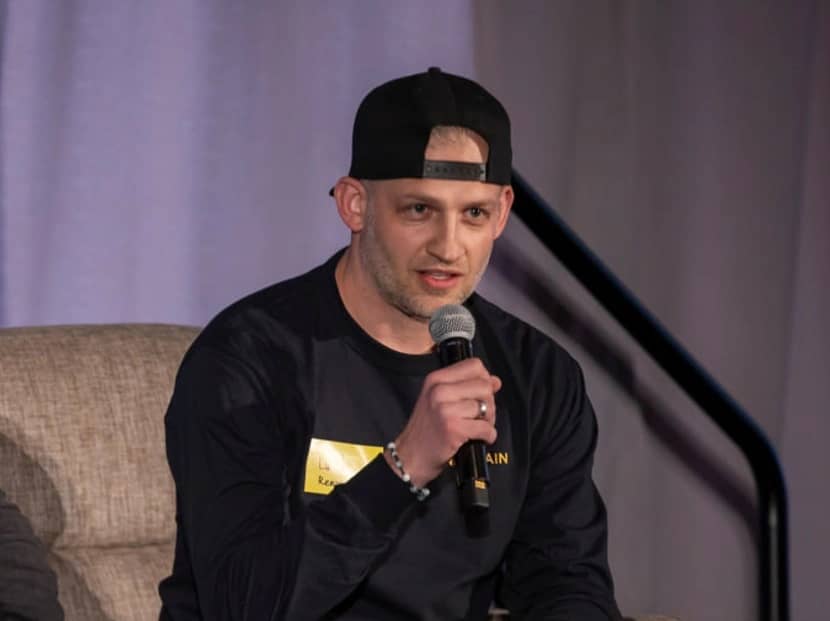위키 구독하기
Share wiki
Bookmark
Lucas Kozinski
Lucas Kozinski
**루카스 코진스키(Lucas Kozinski)**는 렌조 프로토콜 (리퀴드 스테이킹(liquid staking) 토큰)의 공동 설립자이자 아이겐레이어의 전략 매니저입니다. [1]
교육
코진스키는 2013년 메릴랜드 대학교 로버트 H. 스미스 경영대학원(Robert H. Smith School of Business at the University of Maryland)을 졸업하고 경영 및 금융 석사 학위(Master of Business Administration, Management, and Finance)를 받았습니다. [1]
경력
메릴랜드 대학교에 진학하기 전, 코진스키는 록히드 마틴(Lockheed Martin)에서 4년 동안 사업 운영 업무를 담당했습니다. 졸업 후에는 국가 안보 기술 회사인 CACI 인터내셔널(CACI International Inc.)에서 운영 컨설턴트로 2014년 1월까지 근무했습니다. 2014년 4월에는 컨설팅 회사인 포인트 B(Point B)에서 전략 및 운영 컨설턴트로 일했습니다. 이 기간 동안 그는 새로운 기술과 응용 프로그램을 개발하고 홍보하는 스위스 재단인 테조스 재단의 사업 전략 및 운영 부서에서 2019년까지 근무했습니다. [1]
2020년에는 기술 및 보안 플랫폼인 토큰소프트(Tokensoft Inc.)에서 사업 전략 및 운영 업무를 담당했습니다. 이 기간 동안 그는 루나 랩스(Lunar Labs Inc.)의 창립 멤버가 되었으며, 폴카닷의 문웰(Moonwell) DeFi 프로토콜에 기여하는 Web3 개발자로 2023년 6월까지 근무했습니다. 2023년 7월에는 제임스 풀과 크라틱 로드하(Kratik Lodha)와 함께 렌조 프로토콜을 공동 설립했습니다. [1]
인터뷰
잘못된 내용이 있나요?
